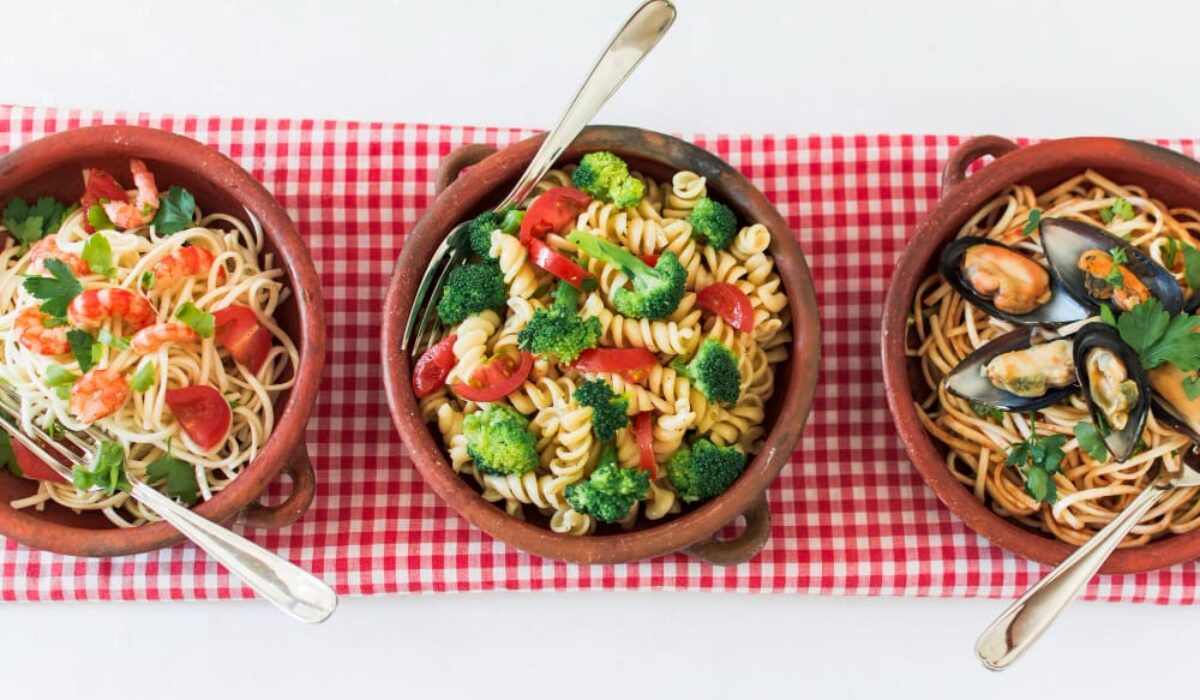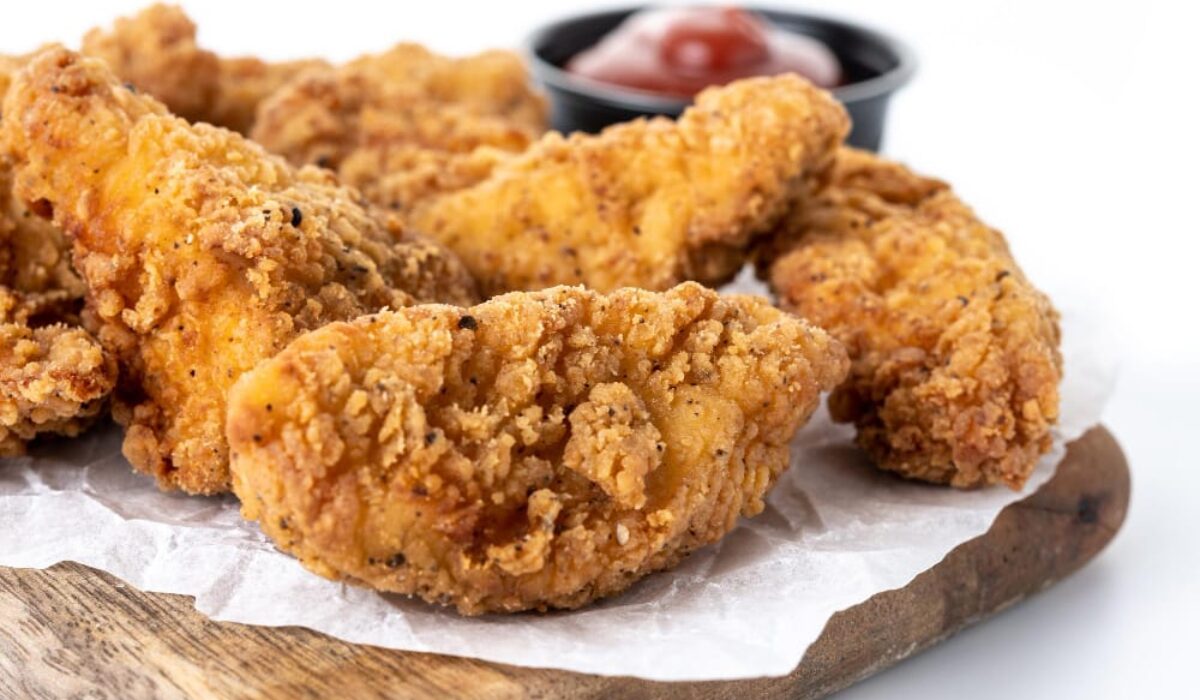Cooking up a batch of pasta can be a simple and satisfying meal, but nothing ruins the experience quite like finding your noodles all clumped together. Sticky pasta not only affects the texture of the dish but also makes it challenging to achieve that perfect al dente bite. Fear not! With a few handy techniques and tricks, you can keep your pasta from sticking and ensure a smooth and enjoyable cooking process.
Choosing the Right Pot and Water Ratio
One of the first steps in preventing pasta from sticking is selecting the appropriate pot and ensuring there’s ample water for cooking. Opt for a large pot with plenty of room for the pasta to move around freely. The general rule of thumb is to use about 4-6 quarts of water per pound of pasta. This abundance of water helps dilute the starch released by the pasta, reducing the likelihood of sticking.
Adding Salt and Oil to the Water
Once your pot is filled with water, don’t forget to season it generously with salt. Salt not only enhances the flavor of the pasta but also helps prevent it from sticking together. Aim for about a tablespoon of salt per gallon of water. Additionally, adding a splash of oil, such as olive oil or vegetable oil, to the boiling water can create a barrier between the noodles, further minimizing sticking.
Stirring and Separating the Pasta
During the cooking process, it’s crucial to give your pasta a good stir shortly after adding it to the boiling water. This initial stir prevents the noodles from clumping together as they soften. Throughout the cooking time, continue to stir occasionally to ensure even cooking and to prevent any pasta from settling and sticking to the bottom of the pot.
Avoiding Overcooking and Rinsing
Overcooking pasta can lead to a mushy texture and increased stickiness. Be sure to follow the recommended cooking time on the package and taste-test the noodles for doneness before draining. Once the pasta is cooked to your desired consistency, promptly drain it in a colander. Avoid rinsing the pasta with water, as this removes the starchy coating that helps sauces adhere to the noodles and can contribute to stickiness.
Using Proper Storage Techniques
If you’re not serving the pasta immediately after cooking, proper storage is key to preventing sticking. Toss the drained pasta with a bit of olive oil to coat the noodles lightly. This thin layer of oil acts as a protective barrier and helps maintain the pasta’s moisture levels, preventing it from drying out and sticking together. Store the coated pasta in an airtight container or resealable plastic bag in the refrigerator until ready to use.
Conclusion
By following these simple yet effective tips on how to keep pasta from sticking, you can elevate your pasta dishes and enjoy perfectly cooked noodles every time. From choosing the right pot and water ratio to stirring and separating the pasta during cooking, each step plays a crucial role in achieving pasta perfection. With a little practice and attention to detail, sticky pasta will be a thing of the past, leaving you free to savor every delicious bite.






